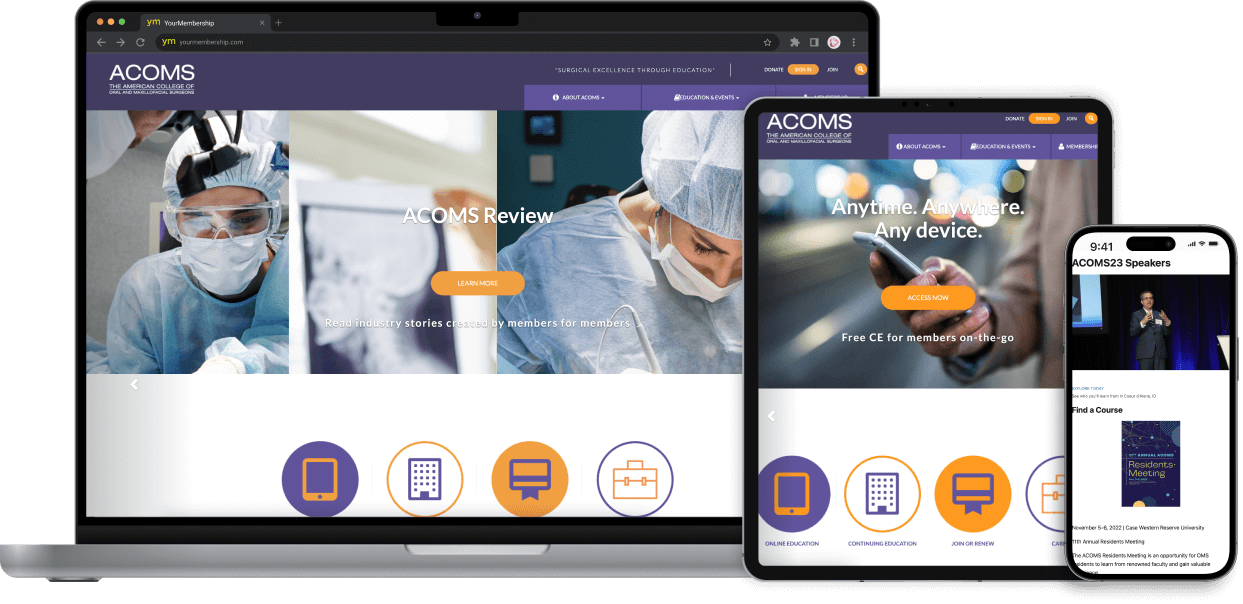The Ultimate Guide to Creating Effective and Engaging Web Design
The Ultimate Guide to Creating Effective and Engaging Web Design
Blog Article
The Comprehensive Guide to Crafting Aesthetically Appealing and Useful Website Design That Satisfies Customer Requirements
In today's digital landscape, the importance of crafting website design that are both functional and aesthetically attractive can not be overstated. By focusing on user-centered style principles, developers can produce experiences that not only attract yet likewise keep customer passion. Key aesthetic aspects such as balance, placement, and comparison play a vital duty in this process, while the need of responsive design makes certain availability throughout different tools. The trip does not finish with first design; continuous testing and model are vital for improvement. What methods can one utilize to effectively stabilize these elements?
Recognizing User-Centered Design
At the heart of efficient internet design lies the concept of user-centered layout, a philosophy that prioritizes the requirements, preferences, and habits of customers throughout the development process. This technique involves extensive research study to recognize the target audience, making sure that the last item reverberates with its desired users. By incorporating customer feedback at every stage, designers can create interfaces that are not only visually appealing but user-friendly and likewise practical.
User-centered style highlights empathy, needing designers to tip right into the individuals' footwear and consider their point of views. Techniques such as user personalities, journey mapping, and usability testing are used to identify pain points and opportunities for improvement. This repetitive procedure permits constant refinement, as developers adjust to progressing individual needs and technological advancements.
Including user-centered layout causes boosted user fulfillment and interaction, inevitably causing greater conversion prices and brand loyalty. It cultivates a joint atmosphere where stakeholders, including developers, individuals, and developers, function together to achieve a common vision. By placing customers at the forefront of the layout process, companies can create web sites that not only satisfy service goals yet also supply significant and satisfying experiences for individuals.
Key Principles of Visual Design
Reliable visual layout acts as the structure for developing engaging and straightforward web sites. It encompasses numerous key principles that direct developers in crafting cosmetically pleasing and functional interfaces.
First, equilibrium plays an important role in attaining visual harmony. Developers need to distribute components evenly throughout the layout to stay clear of frustrating users. This can be achieved with in proportion or unbalanced design methods.

Furthermore, alignment is necessary for organizing info. Regular positioning of message and images promotes a tidy layout, enhancing total navigation and individual experience.
 Distance additionally adds to visual quality. Grouping associated items together help customers in understanding the connection in between various elements, making the interface much more user-friendly.
Distance additionally adds to visual quality. Grouping associated items together help customers in understanding the connection in between various elements, making the interface much more user-friendly.Last but not least, consistency in design aspects, such as fonts, styles, and colors, reinforces brand identity and helps users browse the site more effortlessly. By incorporating these essential principles of visual design, web designers can create interfaces that are not only visually appealing but also functional and user-centered.

Significance of Responsive Layout
Receptive design is a vital facet of modern internet advancement, making sure that web sites work flawlessly throughout a variety of tools and display sizes. As the net landscape progresses, the variety of devicesâEUR" ranging from smart devices to tablet computers and desktop computer computersâEUR" necessitates a style approach that fits all customers.
Implementing responsive layout enables a flexible format that immediately adapts based on the customer's screen dimensions. This flexibility not only boosts ease of access however also improves functionality, as users can engage and browse with the website easily, regardless of their gadget.
Moreover, online search engine like Google prioritize mobile-friendly internet sites in their ranking algorithms. A responsive design can significantly enhance a site's SEO performance, eventually driving even more traffic and enhancing visibility.
In addition, responsive layout reduces the demand for keeping several versions of a website, improving updates and content administration. This performance converts into price savings and an extra natural brand experience across systems.
Enhancing Customer Experience
Individual experience (UX) is a critical component of web style, affecting exactly how site visitors engage with a site and perceive its worth. A well-crafted UX makes sure that individuals can navigate with ease, discover information conveniently, and accomplish their goals efficiently. The design should consider the customer's journey, from the minute they arrive on the site to the conclusion of their preferred activity, whether that be buying, enrolling in an e-newsletter, or accessing info.
Trick aspects that enhance UX consist of clear navigation, receptive layouts, and interesting visual web content. Consistency in layout aspects such as Full Article switches, fonts, and colors cultivates familiarity, making the internet site feel natural. In addition, enhancing lots times is important; customers are less likely to remain on a site that is sluggish to react.
Incorporating availability attributes guarantees that all customers, including those with impairments, can connect with the site effortlessly. User-centric layout concepts should direct material company, giving relevant information in a rational structure. web design. By focusing on customer demands and preferences, web designers can create experiences that are not only visually attractive but also practical, eventually promoting individual contentment and commitment
Evaluating and Iterating Layouts
Examining and iterating layouts are fundamental processes that follow the first production of a web site, making sure that the individual experience continues to be at the forefront of any type of adjustments. These stages entail collecting customer visit our website comments, analyzing design get redirected here performance, and making educated adjustments to enhance use and interaction.
Efficient testing can take numerous types, including use testing, A/B testing, and individual studies. Use testing allows developers to observe actual individuals as they engage with the web site, recognizing pain factors and areas for enhancement. A/B testing, on the various other hand, compares 2 versions of a layout component to identify which performs better, providing measurable data to overview decisions. Customer surveys can use qualitative understandings, recording customer beliefs and choices.
Constant iteration fosters an adaptive layout method, where the website advances in reaction to customer actions and responses. By devoting to extensive testing and model, designers can produce a website that not just satisfies aesthetic standards however also provides a satisfying and seamless customer experience.
Conclusion
To conclude, effective internet style necessitates the integration of user-centered concepts, crucial visual design aspects, and receptive structures to develop interesting user interfaces. By focusing on customer requirements and executing continuous screening and model, developers can refine their developments to boost general complete satisfaction. The commitment to these methods not only promotes a visually attractive visual yet also ensures performance throughout varied gadgets, eventually adding to a positive user experience and enhanced interaction.
By focusing on user-centered style principles, designers can create experiences that not just draw in yet additionally keep user rate of interest.At the heart of effective web style lies the concept of user-centered design, a philosophy that prioritizes the needs, choices, and behaviors of customers throughout the development procedure. By putting customers at the leading edge of the layout process, companies can produce websites that not only fulfill organization goals but also give meaningful and satisfying experiences for users.
By prioritizing customer demands and preferences, web developers can create experiences that are not only visually appealing yet also useful, inevitably cultivating user contentment and loyalty.
Individual surveys can provide qualitative understandings, catching individual views and preferences. (web design)
Report this page